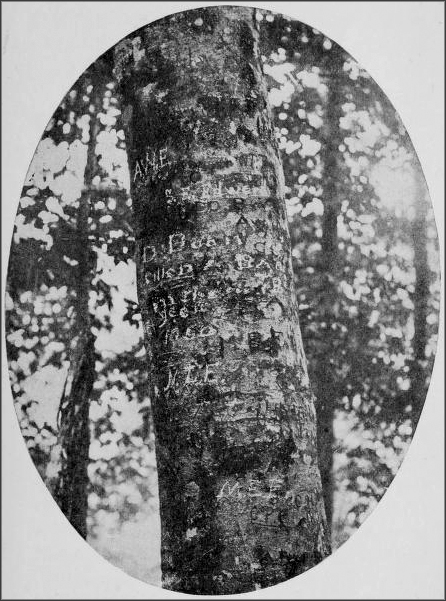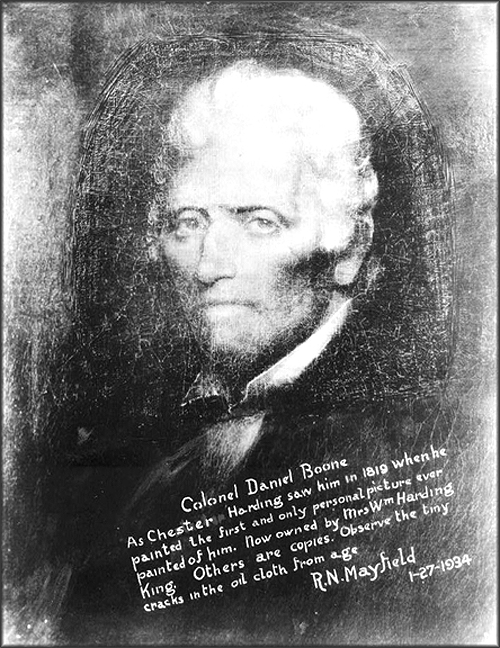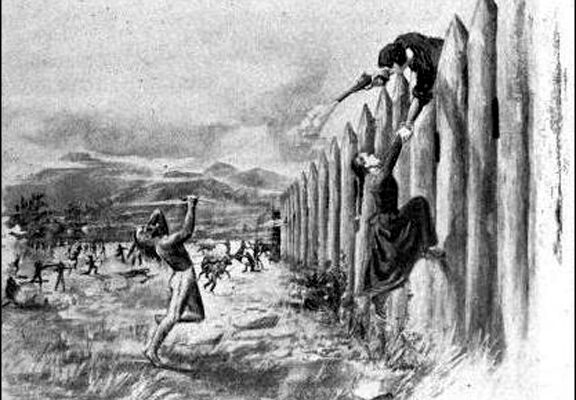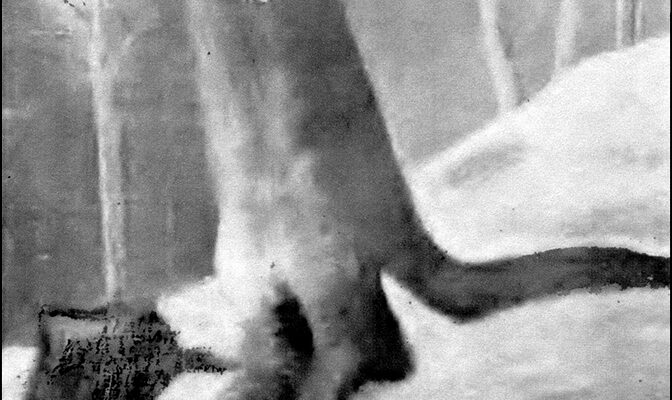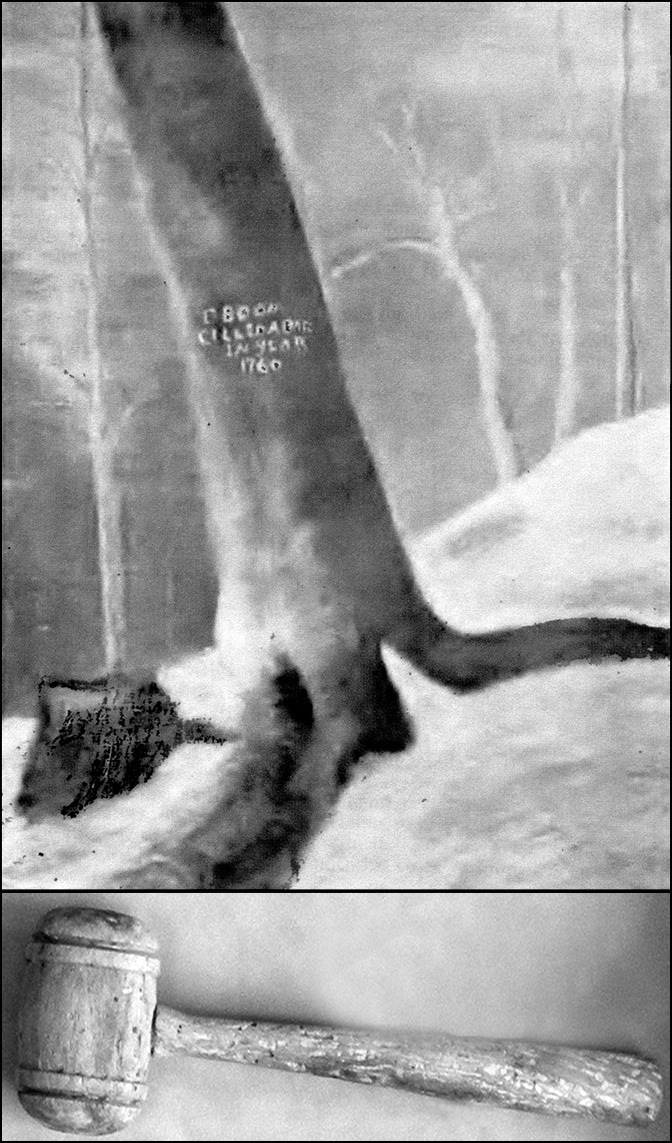In March 1987, Tom Hodge greeted George Devault to his office to view a priceless deed. The Devault Bridge and the Norton Arney Farm had been front and center in the news that year. The bridge was being widened with two additional lanes to accommodate the new four-lane Bristol-to-Johnson City highway. Furthermore, the Arney Farm had been acquired by the city with plans for it to be made into a park.
Hodge was covering the Tennessee General Assembly in Nashville when W.W. Faw, then Washington County's representative, got a resolution passed which named the bridge after the Devault family.
George had a copy of the original Sept. 30, 1797 handwritten deed to the property lying on both sides of the Watauga River. The property was conveyed from John Bean of Washington County to Henry Devault of York County and State of Pennsylvania for 950 pounds of Virginia money. The tract totaled 537 acres.
The deed identified the land as adjoining Benjamin Cobb's property, along with that of Robert Alison and the Massengills. William Bean was noted for being the first permanent white settler in the area. He built a cabin on Boones Creek near its junction with the Watauga River. According to Devault, the cabin was moved to a spot behind the Devault home and was used both for storage and as a smokehouse.
The old structure was still in decent shape, except for a spot where meat had been on a table next to a wall, causing damage to a couple of logs. George extended an invitation to Tom to visit the cabin.
The Cobb, Alison and Massengill names are quite recognizable to that area. Some years back, a furor occurred over a parcel of land known as Alison Woods, considered one of the finest strands of hardwoods in the Eastern United States.
The subject next turned to the Massengill Monument, which was then located at the intersection of the Bristol and Kingsport highways. Tom commented that it was surprising how many people passed by the memorial every day without taking time to stop and read the text on it.
The deed refers to the Watauga River, although the river through that area became part of the Boone Lake impoundment.

Vintage Norton Arney Motor Co. Ad When the Business Resided on Wilson Avenue
Devault addressed the question, “How did the Arney Farm come into being?” It seems that a descendant who owned that portion of the Devault farm sold the property because it was not adequate for farming. Norton Arney, a long-time automobile dealer in Johnson City acquired it. According to George, some of the original land covered in the 190-year-old deed resided in the Devault family.
Tom noted that one of the more interesting aspects of old deeds like this one was that boundaries to the property were often marked by such objects as trees. For example, a description might start out as “beginning at a hickory tree on the bank of the river and ending at a double walnut tree some 100 yards to the north.”
Tom surmised that in the 190 years that had passed at that time, the trees were likely long gone, having fallen victim to old age or a woodsman's ax.
Hodge concluded by saying, “Anyway, the deed allows us to slip back in time, a long way back when Tennessee had just been a state two years. And if you crossed the Watauga River, you did it by fording because there was no Devault Bridge there.”
Tom doubted that Henry Devault, in his wildest imagination, could foresee a time when some of his property would be used for soccer, softball and other recreational sport.


